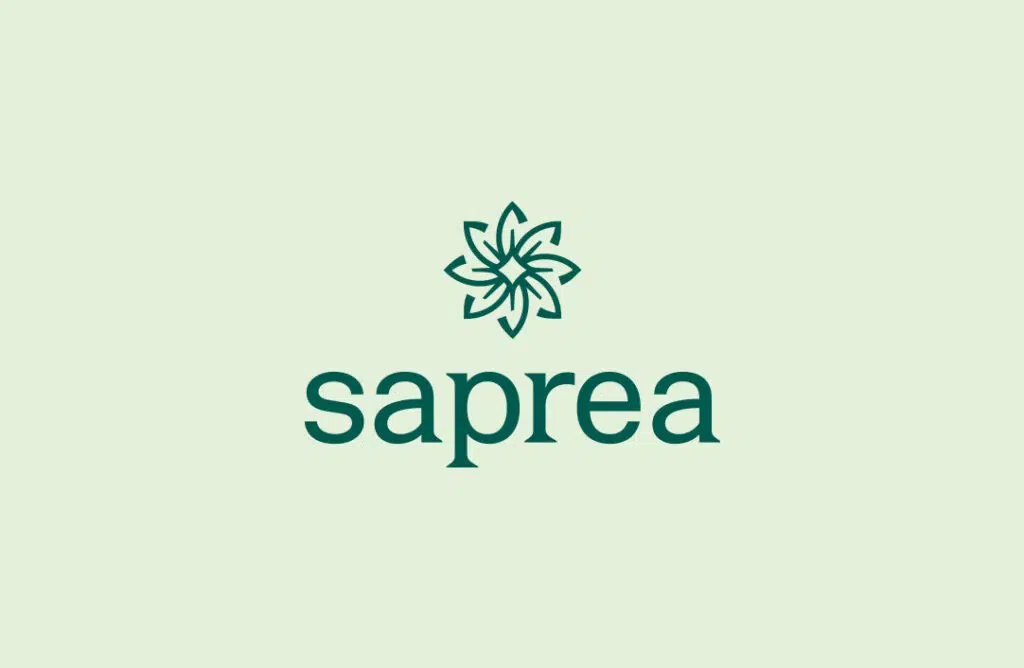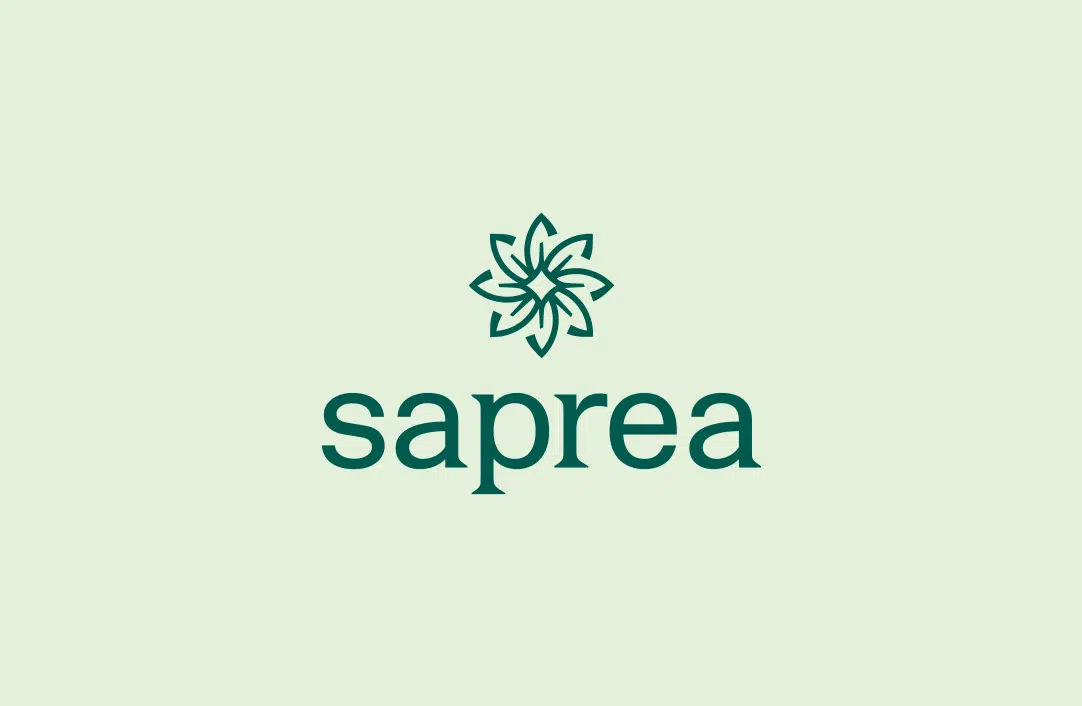
Sexual abuse can happen to anyone regardless of age, gender, nationality, sexual orientation, or faith. Males who have been sexually abused may experience similar feelings and symptoms as other survivors, however because of social stigmas, there are often extra challenges to disclosure and seeking help.
Definition of Male Sexual Abuse:
Statistics
According to the Centers for Disease Control, 1 in 13 boys in the US experience sexual abuse at some time in their childhood.1 And the American National Center for PTSD states that at least 1 in 10 men in our country will experience sexual assault at some point in their life.2 This means that sexual trauma can occur beyond childhood.
These numbers are worrisome because male victims often underreport being sexually abused and are also significantly less likely to ever disclose. On average, a male survivor will take longer to disclose sexual abuse than a female survivor, if they disclose at all.3
Stigma
Socialization and attitudes towards trauma have created stigmas and barriers for males to disclose abuse and seek help. Males are socialized not to identify as victims, not ask for help, and suppress emotions. These are seen as feminine practices. Males (consciously or unconsciously) may use shame as a tool to suppress behaviors and feelings associated with femininity. Men are also socialized to believe they always want sex, so when unwanted sexual activity occurs, it can be very confusing to them. There is even an attitude that trauma is “no big deal” as long as they don’t think about it or “let it control” them, they’ll be just fine.
The stigma has gotten so powerful that there is currently a push to replace the term “therapy” with words like consultation, meeting, coaching, or discussion for males just so they are more open to talking about their trauma.
Signs of Child Sexual Abuse
Behavioral
Isolation, Engaging in risky behavior, Self-Harm, Out of Control Sexual Behaviors, Aggression
Physical
Pain in the genital area, Difficulty urinating, Abdominal pain
Emotional
Shame, Guilt, Powerlessness, Depression
Some of these signs might not be as obvious as others.
Common Symptoms in Adult Male Survivors
Male survivors of sexual abuse may experience a range of symptoms that stem from the trauma they experienced, such as:
Resources for Male Survivors
The following websites have resources that are tailored specifically toward male survivors:
1in6
MaleSurvivor
MenHealing
Survivors and Mates Support Network
Living Well
Myths and Facts About Male Sexual Abuse
In conclusion, if you are a male survivor of sexual harassment, sexual abuse, sexual assault, or sexual violence, you are not alone. Seeking help or disclosing abuse DOES NOT make you any “less of a man”. Even if you feel like you weren’t affected that much or at all, it’s okay to take the time to process what happened. You, a male survivor, can work through your traumatic experiences. Healing is possible.
About the Author
Eric Rivas
SEO/Web Analyst
Recent blogs

Effects of Child Sexual Abuse

Male Sexual Abuse







